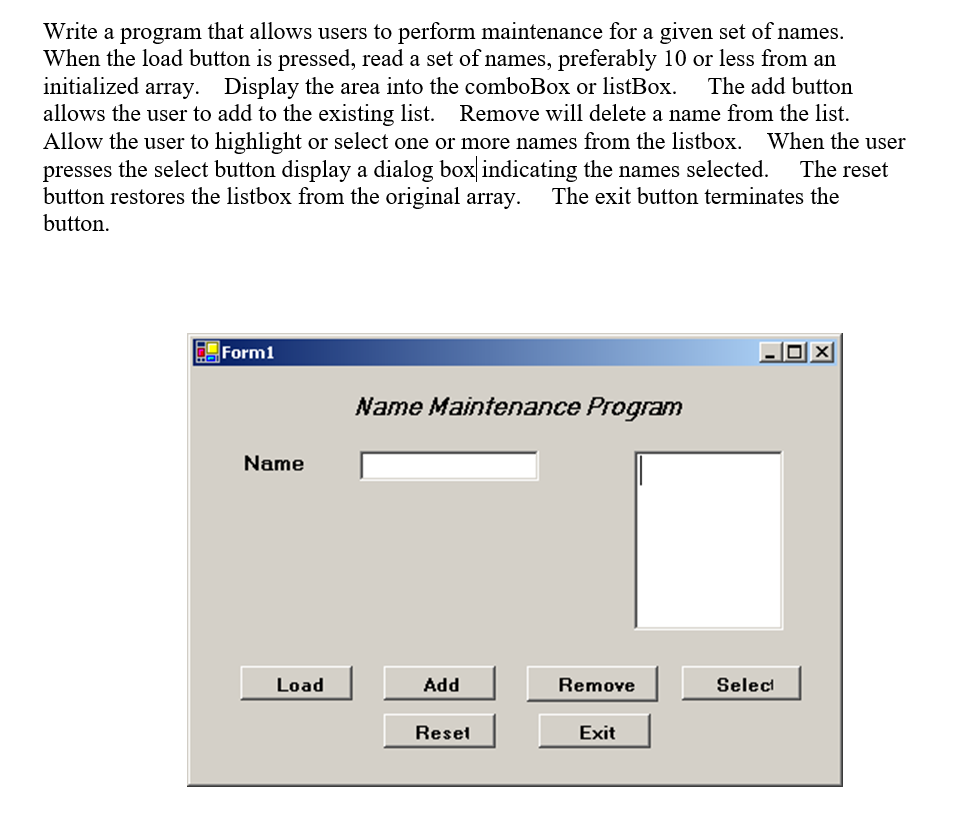Toshiba Accounting Scandal
Toshiba Corporation, a Japanese electronics and engineering conglomerate with headquarters in Tokyo, produces a wide range of products, including personal computers, semiconductors, consumer electronics, household appliances, and nuclear power plant systems. The company also provides an array of services, such as those focused on information technology, communications, and nuclear reactor construction and operation.
In May 2015, Toshiba formed an outside panel to investigate potential accounting irregularities at the company. The formation of such an outside panel is an accepted procedure for companies in Japan, where corporate boards of directors are composed primarily of company executives, with few independent outside directors. An outside panel is typically formed to investigate matters that may involve improprieties by senior managers and executives.
Toshiba’s CEO, Hisao Tanaka, resigned in July 2015 when the investigation uncovered that he was aware that Toshiba profits had been overstated by a total of $1.2 billion over a seven-year time period. (Further investigation would determine that the amount of the overstatement was closer to $1.9 billion.) Two former CEOs who held membership on the company’s board of directors were also implicated in the investigation and stepped down. Six other members of the board also eventually resigned, and Toshiba announced it would appoint several new and independent directors to its board to strengthen external oversight of its management.
The investigatory panel found that “Toshiba had a corporate culture in which management decisions could not be challenged. … Employees were pressured into inappropriate accounting by postponing low reports or moving certain costs into later years.” Managers at Toshiba set such challenging profit targets that subordinates couldn’t meet them without exaggerating the financial results of individual business units. Furthermore, the head of the investigatory panel stated that the scope of their probe had been limited by company management. The investigation of Toshiba’s U.S. nuclear business, Westinghouse Electric Co., was initially declared off limits. Months after a review of that portion of the business was completed, Toshiba took a $2.5 billion write-down on its Westinghouse business.
Following the scandal, Toshiba was removed from the JPX Nikkei Index 400, the stock index that includes the top Japanese companies based on operating income, return on equity, and market value. The move dealt yet another blow to the company’s reputation—inclusion in the stock index matters because investors, including the world’s largest pension funds, use the stock gauge as a benchmark.
In the first quarter following the revelations of the accounting scandal, Toshiba’s sales fell to their lowest level in years, and the firm lost $102 million for the quarter. The price of Toshiba stock shares dropped precipitously, reaching a 36-year low in early 2016. For the quarter ended July 2016, Toshiba reported a slight drop in revenue but generated its first quarterly profit since the accounting scandal. Cost savings generated by the cutting of bonuses and laying off of employees helped boost profits.
The rise of third-party panels is a part of a larger move in Japan to improve corporate compliance following a number of scandals at companies such as IHI Corporation, Livedoor Company, Mitsubishi, Nikko Cordial Corporation, Olympus Corporation, and others. Under Prime Minister Shinzo Abe, the government, companies, and the stock exchanges have sought to encourage foreign investors with the promise of more corporate transparency.
There are, however, several issues with the use of third-party panels to investigate potential improprieties. For instance, it is the practice in Japan for the members of such a panel to accept the scope of the investigation as defined by the company board of directors. This means that the board can pressure the panel to stay clear of sensitive areas of the business. In addition, members of the panel are not directors of the company and so do not have a fiduciary duty to shareholders. (Company directors do have such a duty, which requires them to work to advance the interests of the company, keep corporate information confidential, not use their position to further their private interests, and inform themselves of all material reasonably available before making business decisions.) Furthermore, the panel members have no power to force managers to handover documents.
Toshiba is a 140-year-old company and one of Japan’s best-known brands. The magnitude of the scandal at the company caused Japan’s Finance Minister, Taro Aso, to comment that the irregularities were “woefully regrettable” and had dealt a blow to the country’s efforts to regain the confidence of global investors. Aso noted that if Japanese companies failed to implement appropriate corporate governance, they could lose the market’s trust.
- Open a new Microsoft® Word document and answer the Critical Thinking Questions below.
- Save the file on your computer with your last name in the file name. (Example: case_1-1 _Jones.doc)
- Click the Choose File button to find and select your saved document.
Critical Thinking Questions
1. Observers have commented that a scandal of this magnitude, occurring over such a long period of time, must involve collaboration among a large number of managers—reaching from the lowest level to the highest level of an organization. Should investigation of the scandal at Toshiba continue until all involved parties are outed and punished? What are the pros and cons of such an action??
2. Do you think that the practice of appointing outside panels to perform investigations should continue, or can you develop a better solution to enforce corporate compliance with laws and generally accepted accounting principles?
3. Japan is generally considered to be struggling in areas such as transparency and board independence compared to the global standard. What measures do you think should be considered at the national level to improve transparency and gain the trust of foreign investors?

